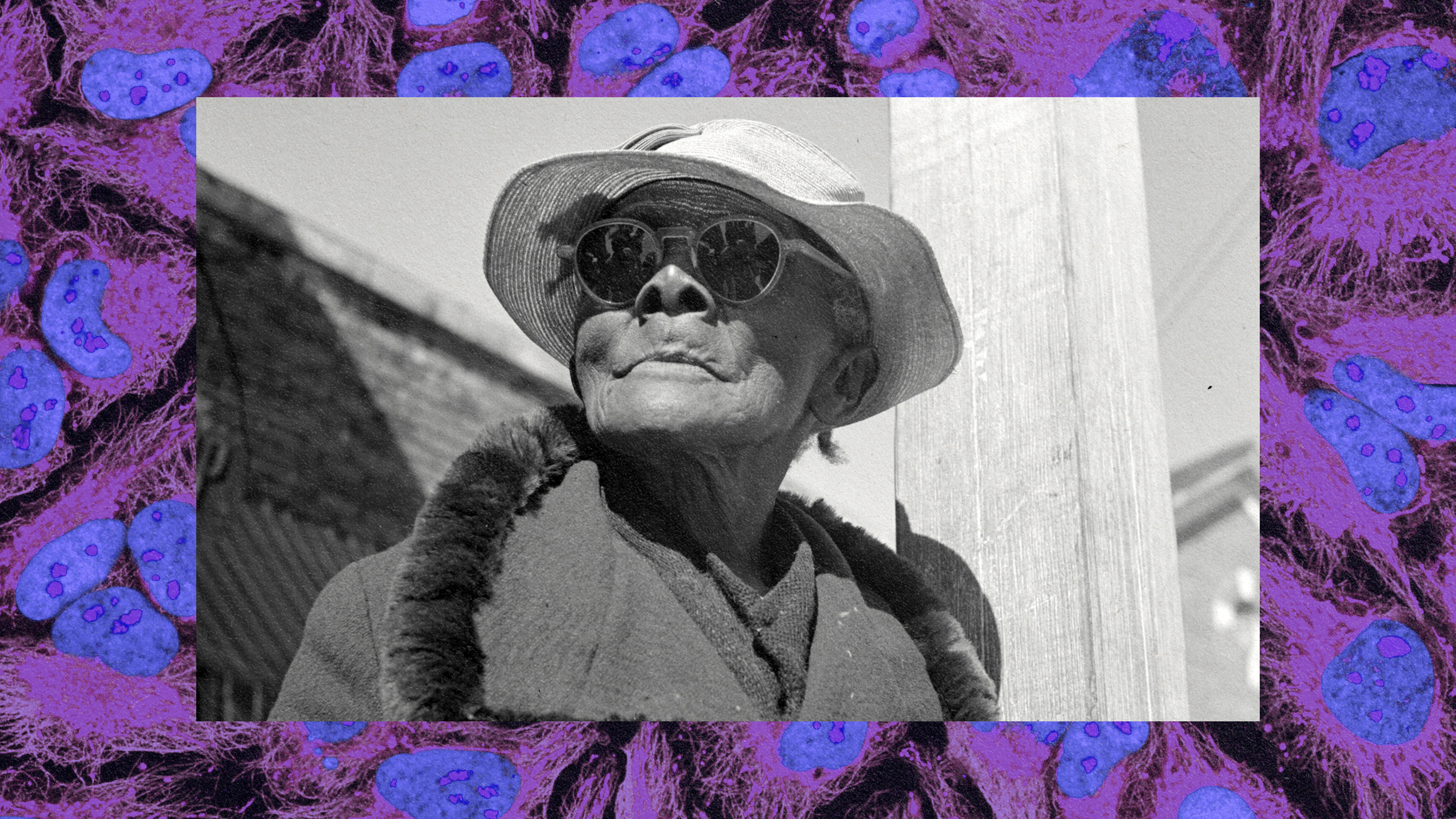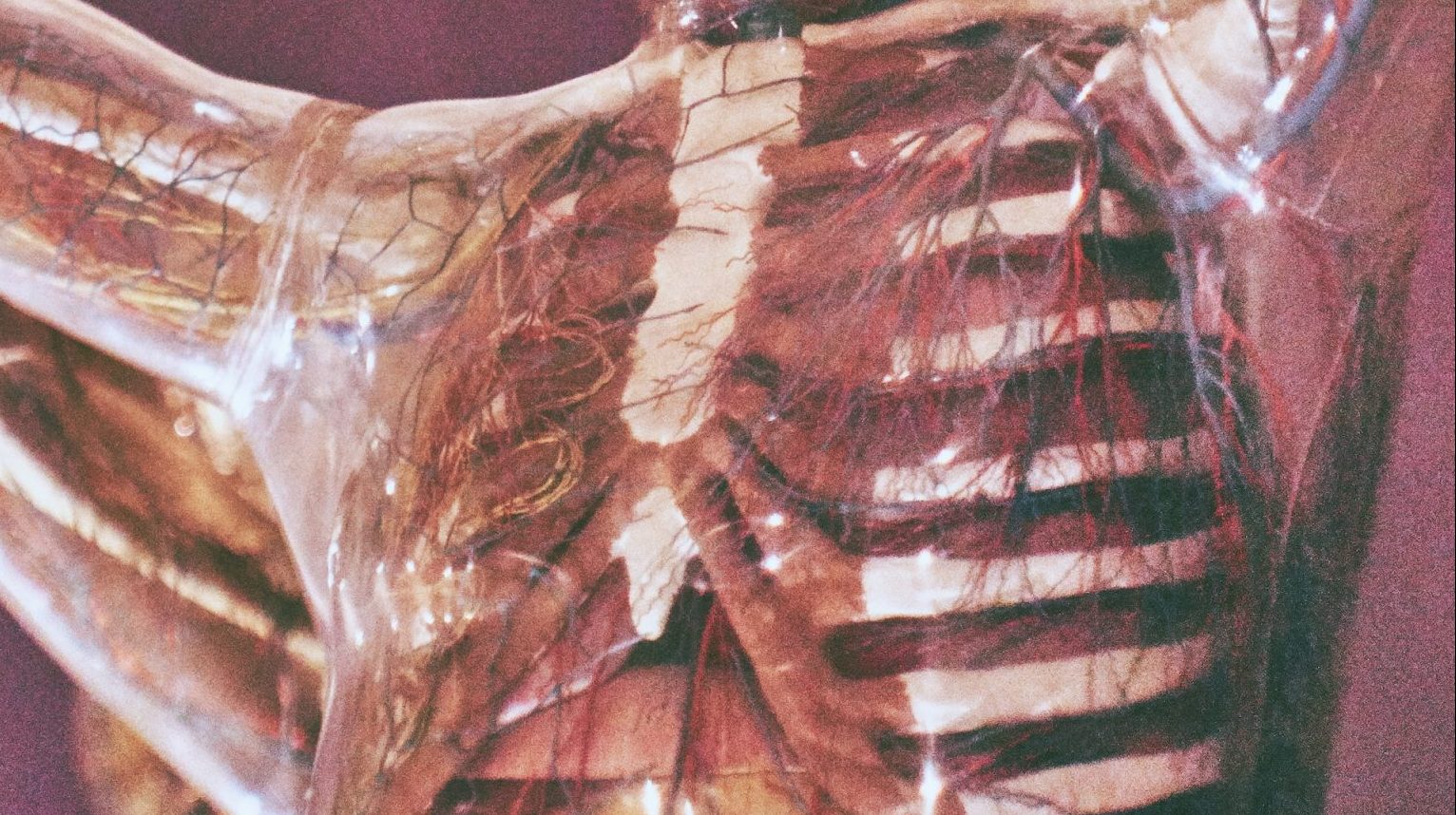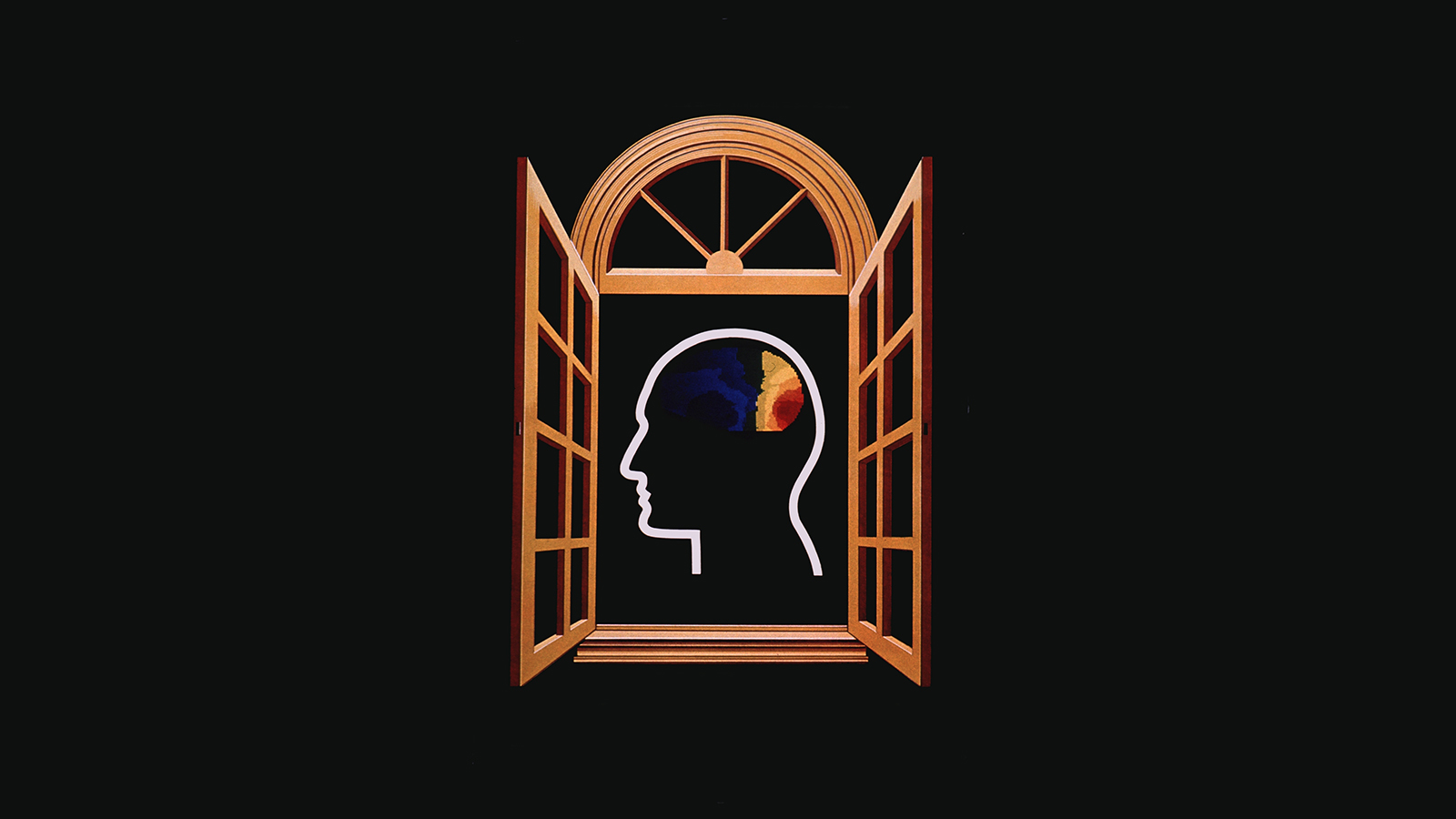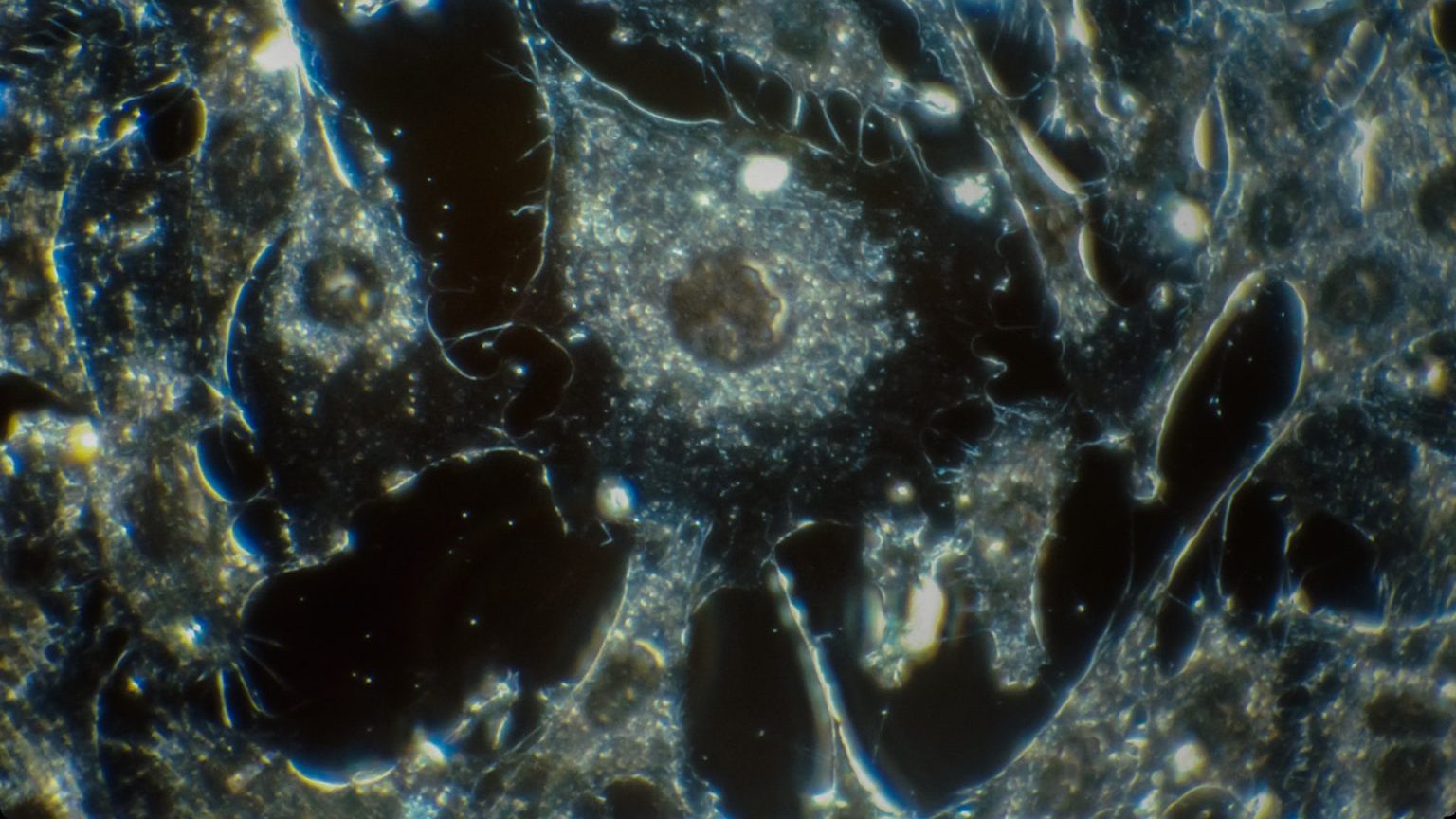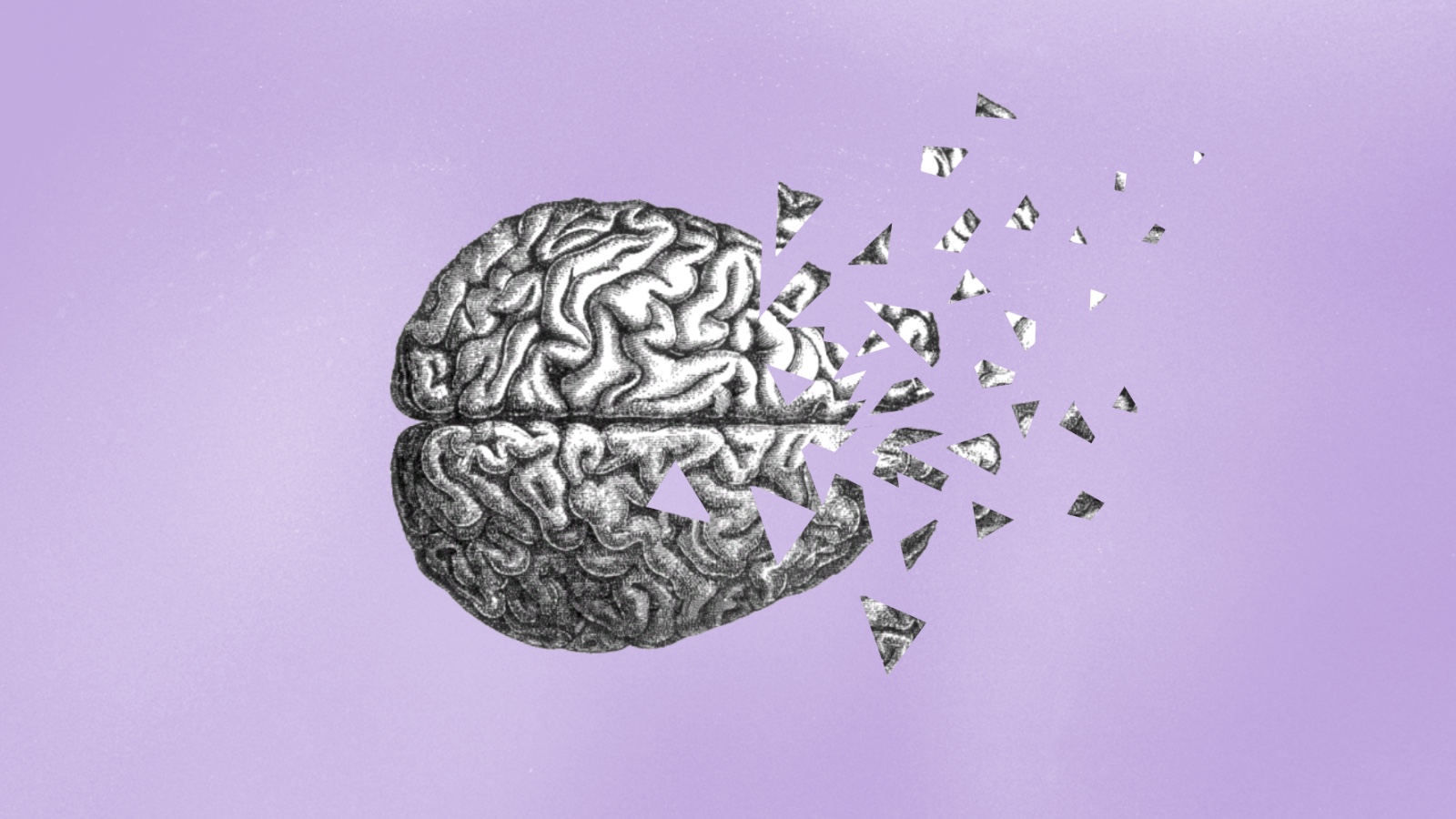Why Some People Get Alzheimer’s and Others Don’t

It has been a surprise in Alzheimer’s disease research that a substantial number of people who never had dementia are discovered after their deaths to have the kinds of brain lesions associated with the disease. Dr. Juan Troncoso, a researcher at the Brain Resource Center at Johns Hopkins University, says in Big Think’s Breakthroughs series that this is evidence that some individuals are able to resist the onset of Alzheimer’s.
What these individuals are resilient against is the toxic buildup in the brain of a fibrous protein called amyloid. This material, says Dr. Samuel Gandy of Mount Sinai Hospital, is made by cells throughout the body, throughout one’s life, largely to no effect—until a certain point.
“For reasons we don’t understand, in certain regions of the brain, it changes its shape,” says Gandy. The amyloid proteins form clumps that are poisonous to nerve cells. This poisoning of the brain from amyloid—known as the amyloid hypothesis—is a prevailing theory as to how the disease dissolves neurons, clogging the brain with the debris of dead cells. This, in turn, leads to dementia and eventually to death.
Those individuals who have been found with amyloid buildups in the brain but without dementia are, at least for a time, able to resist this amyloid toxicity, says Gandy. This happens through a system where the brain compensates, engaging other, new and more parts of its structure to perform a task which once took a localized part of the brain.
Researchers are now looking for more hallmarks of resilience against the amyloid toxicity of Alzheimer’s disease. For example, imaging studies show evidence that the hippocampus in individuals who are able to resist the disease is generally larger, says Troncoso. Larger brain cells in some of those without dementia also signals a potential source of resiliency, says Gandy.
Short of an outright cure, building resiliency might eventually lead to therapies that delay the onset of dementia. “If we can identify what are the mechanisms to do that, it may contribute to prevent or to alleviate the disease,” says Gandy.
The views expressed here are solely those of the participants, and do not represent the views of Big Think or its sponsors.
